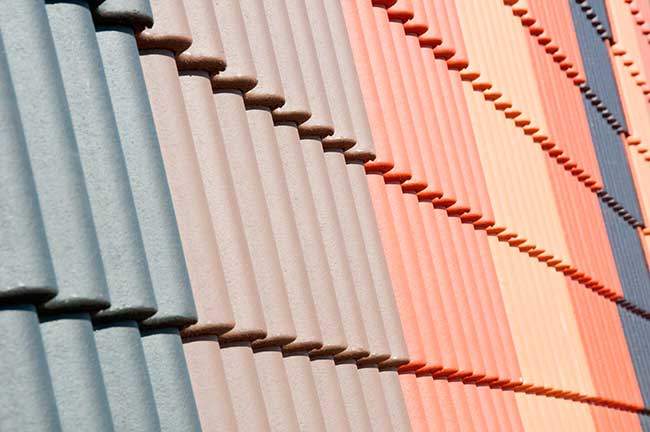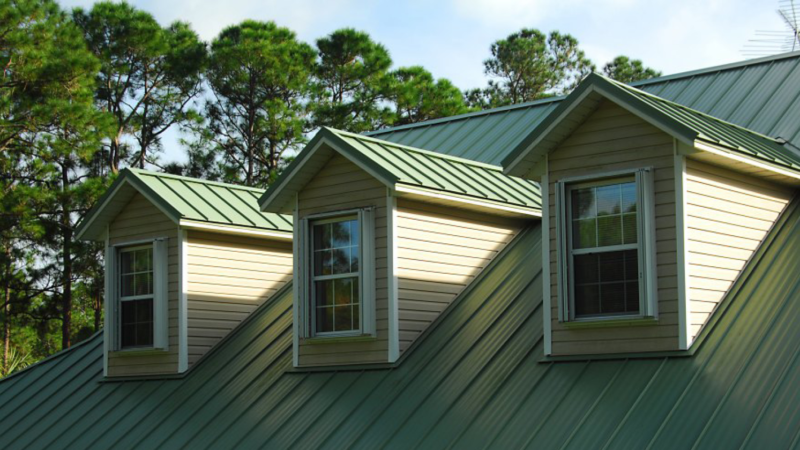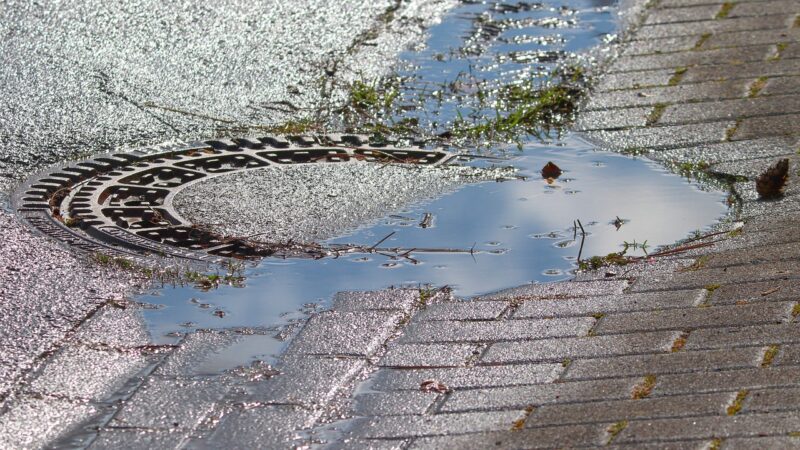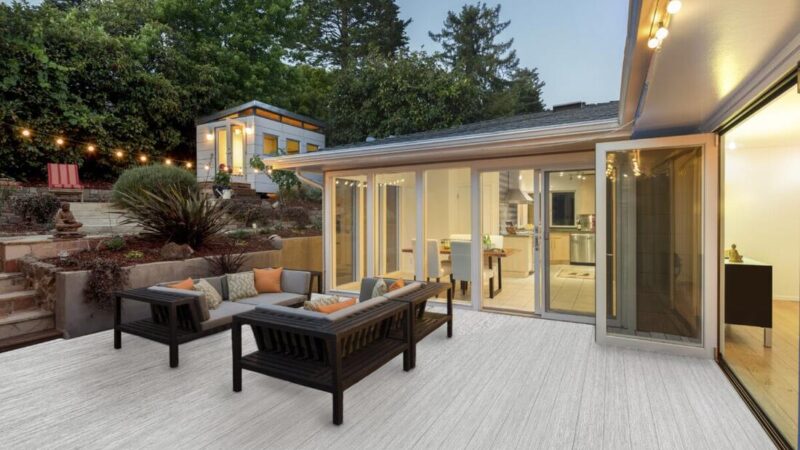Roofing Alternatives

Roofing Alternatives
Although roofing is guaranteed to last from 25 to 30 years, one might wonder whether this reality could shift due to the extremities of climate change. One tile that has been around in North America since the early 1900s and gained popularity in the 60’s is the concrete tile, which is very popular in Europe with an estimated 90% of new homes built with concrete roof tiles. Could the concrete tile offer a longer, more sustainable life for your roof?
What’s in a (cement) Shingle?
Made of sand, cement and water, the tile has a number of traditional and flat appearances: curved roof tiles, Spanish style roof tiles, flat interlocking roof tiles, and the flat shingle style roof tiles. Concrete tiles simulate slate roofing as well as cedar wood shakes. High-quality tiles should last up to 50 years in arid climates, although even with good quality materials for the underlay and batten system and professional installations, typically tiles might need to be replaced between 30 to 40 years. Newer formulations are made to bear winter freeze conditions.
Costs and Weight
Concrete tiles are cheaper than clay tiles but more expensive than asphalt tiles and manufactured in two weights – standard and lightweight tiles. The standard tile is a heavy tile at 10 to 11 pounds per square foot, whereas the lightweight tile is 7.5 pounds per square foot. Standard weight tiles are touted to be generally hardier, as lightweight tiles are susceptible to breakage when walking on them and from hail and heavy loads of snow, for which climates they are not recommended.
These tiles have pros and cons to consider:
It cannot be stressed enough that the installation, quality of materials used and the flashing is very important to prevent moisture penetration from extreme weather conditions. The concrete roof shingle is a single ply roof system as opposed to asphalt, which is 2 ply, and wood shake and shingles, which are between 2 and 3 ply. Single ply roof tiles are easier for detritus material, small animals, birds and insects to get underneath.
They have a good life span. They can break; however providing the batten system is properly installed there is an art to walking this roof to reduce breakage. It is not advisable to walk on wet rooftops, as the tiles are slippery. Tiles are relatively easy to replace. The colour starts to fade in time, and not easy to match up with replacements. It has a high fire resistant rating. It is more resistant to hail than other roofs.
If you are considering installing a concrete tile roof with all the pros and cons, it would be wise to consult with a structural engineer to ascertain whether this is the roof for your home.
Roofing Alternatives








